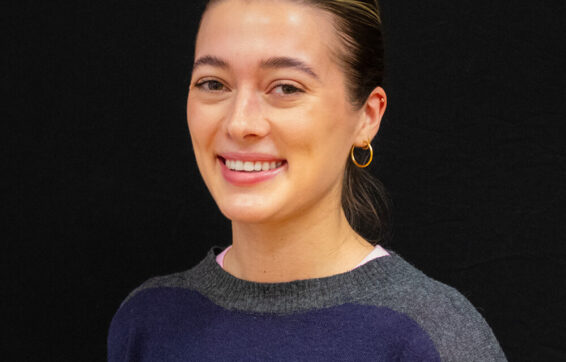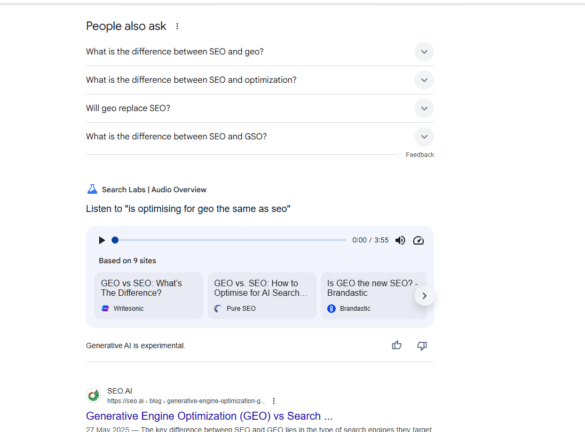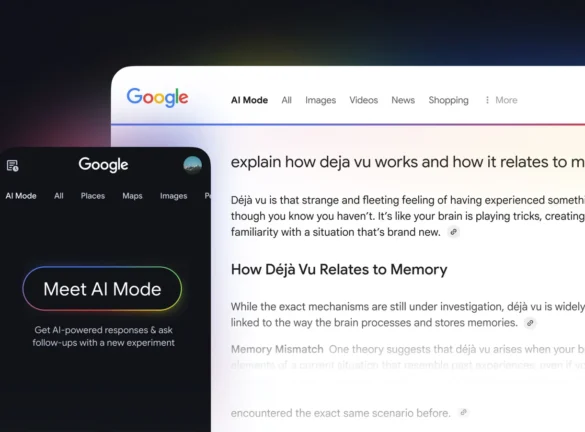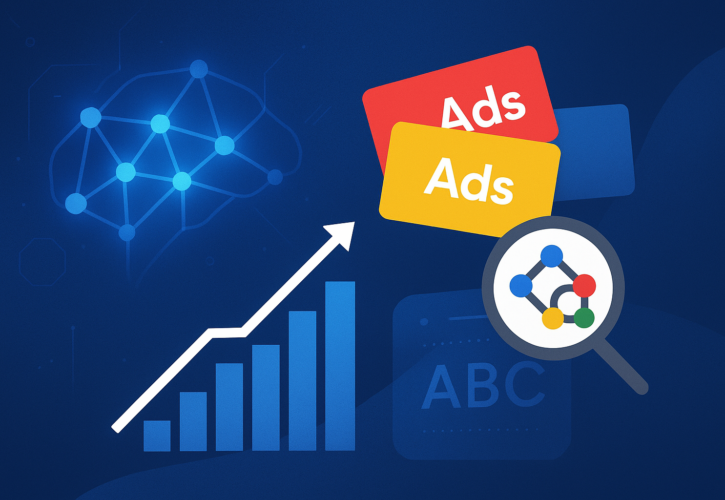
AI Max and the End of Match Types
What Rising CPCs Really Mean for Advertisers
Advertisers have long debated the merits of different match types across Google, and the introduction of AI Max has been no exception. While arguments about control and reach opportunities remain valid, no one can ignore the overarching pressure: cost.
Looking at Google’s trajectory, the direction is clear: from exact, phrase, and broad match, to Smart Bidding, then Performance Max, and now AI Max. Each stage has shifted power away from advertisers and toward machine-led optimisation. Where marketers once had levers to tightly define queries and bids, those controls have steadily eroded, replaced by systems that prioritise Google’s automation and signal-driven decision-making. AI Max is not an isolated development, it is the culmination of this long process, where the final vestiges of keyword control give way to a fully automated model.
This shift has played out against a backdrop of rising CPCs throughout 2025 (1,2). As we approach the end of the year, advertisers face a double challenge: not only higher costs, but also diminishing control. Google is steering advertisers deeper into its AI ecosystem, where automation increasingly replaces traditional match types.
Google’s narrative is consistent: automation delivers scale, and with AI Max, this is no different. The emphasis has moved from keyword matching to predicting user intent, framed as better performance, more signals, and less friction for advertisers. Yet it remains unclear whether this shift is truly performance-driven, or whether advertisers have been gradually primed for adoption. Rising phrase match CPCs (3), in particular, have pushed many to test alternatives, making automation appear the inevitable next step.
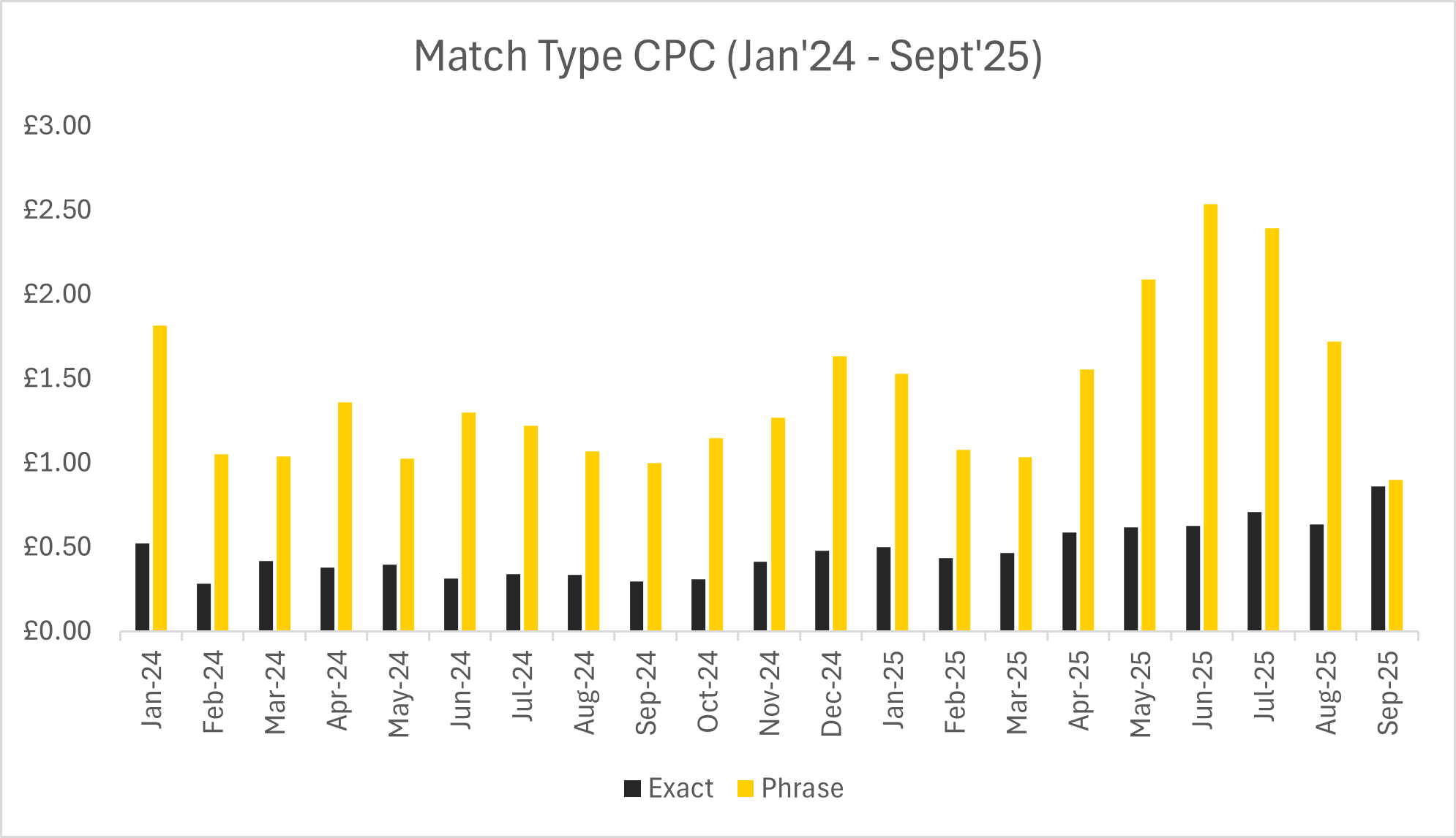
*Data taken from the ROAST MCC
Is Phrase Match Finished in the Age of AI Bidding?
Across the ROAST MCC, AI Max testing shows cheaper CPCs with CTRs comparable to phrase, further highlighting that phrase is no longer viable at scale. Exact match retains strategic value, especially for high-intent objectives where CTR matters most. This trend is consistent across verticals including property, insurance, and healthcare logistics.

Search query matching remained comparable to broad match, with clear signals that Google’s AI models now lean on contextual inputs such as landing page relevance and creative assets to inform query matching. Campaign strategies can no longer depend on keyword selection and bid adjustments; instead, success will hinge on providing high-quality signals for Google to optimise against.
This shift carries two major implications:
- Budgets will need to flex around machine-led decisions.
- Strategies will rely more on landing page content and asset quality rather than traditional keyword structures.
While Google has introduced reporting tools to provide transparency on which search terms trigger ads and how those queries perform, this requires more frequent checks and greater reliance on independent measurement to fill in the gaps.
Looking Forward
The core driver behind this shift is changing consumer behaviour. Google has confirmed the rollout of ads in AI Mode in Q4 2025, where queries are typically two to three times longer than in classic search. This evolution is reshaping how advertisers operate, moving campaigns away from keyword dependency and toward intent-driven targeting.
Google frames the change as augmenting, not replacing, Search. With traffic growing in categories where AI Overviews perform strongly, the message for advertisers is clear: prepare for smarter, more contextual targeting on AI surfaces.
Recommendations
Short-term
- Test AI Max in parallel with phrase: With lower CPCs and comparable CTRs, AI Max can provide valuable insights when layered into strong campaigns.
- Prioritise creative testing: As match types fade, ad copy, assets, and messaging become the most controllable levers. Run systematic A/B tests to feed automation better input signals.
- Optimise landing page content: Strong on-page content supports both performance and automatic asset creation.
Mid-term
- Strengthen first-party data & conversion modelling: With reduced transparency and stricter privacy updates, capturing robust data is critical.
- Adopt independent measurement (incrementality / MMM): Run incrementality tests to measure true lift and incorporate media mix modelling to validate long-term trends, avoiding over-crediting automated channels (4,5).
- Focus on data quality, while this has been a rule for a while. It is now essential to optimise towards the most valuable actions to guide automation.
Long-term
- Build a culture of continuous experimentation: Incorporate lift tests, geo holdouts, and validation experiments into your media plan to prevent overconfidence in automation.
Conclusion
Rising CPCs may have defined 2025, but the bigger story is the shift in control. As Google doubles down on Ai-driven campaigns and ads in Ai-powered search, advertisers must adapt or risk falling behind.
The winners in 2026 will be those who embrace automation strategically, balancing AI Max adoption with strong creative, robust first-party data, and a diversified media mix.
References
- Search Engine Land | CPC Inflation: How fast are Google Ads costs rising
- Search Engine Land | Why phrase match is losing to broad match types
- The rising cost of Google ads: Why CPCs are increasing in 2025
- Google | Get more from your ads with the latest AI measurement tools.
- Google | Modern Measurement Playbook
Get in touch with our team to discuss how we can help optimise your paid search campaigns.


